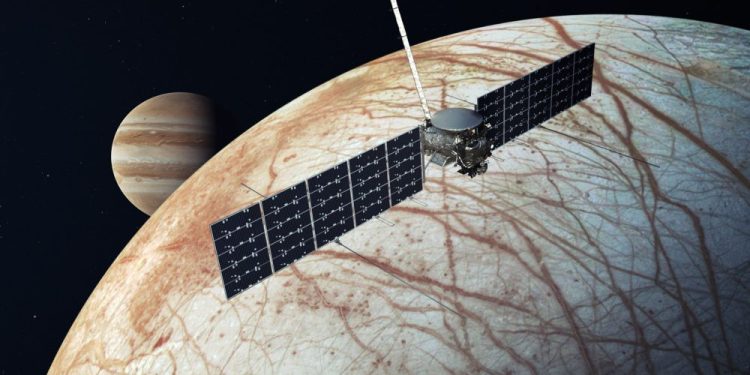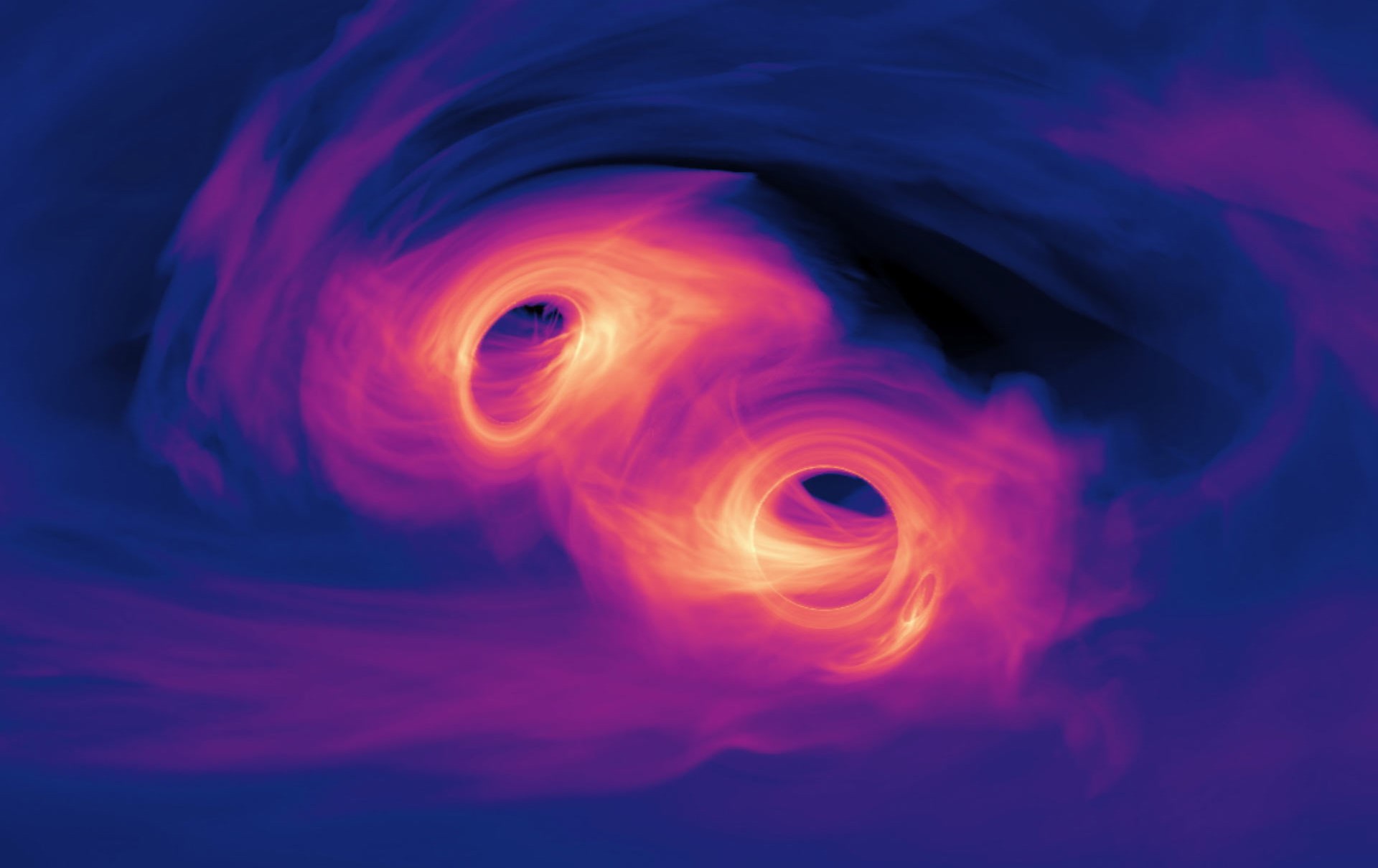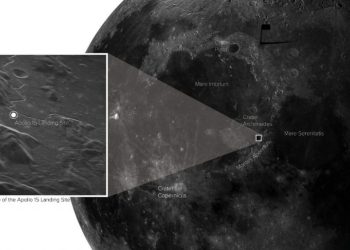NASA’s highly anticipated Europa Clipper mission is set to launch, embarking on an ambitious journey to Jupiter’s icy moon, Europa. This mission aims to answer one of humanity’s most profound questions: Could life exist beyond Earth? As explained by James Lloyd, a research fellow from the University of Western Australia, Europa’s frozen surface and potential subsurface ocean make it one of the most promising places to search for alien life.
A Quest Beyond Mars: Why Europa?
When we think about the search for extraterrestrial life, Mars often dominates the conversation. However, while Mars sits in the so-called “habitable zone,” its harsh conditions—thin atmosphere and high radiation levels—make it an unlikely candidate for life as we know it. What if we turned our attention to the moons of Jupiter and Saturn, where conditions might be more favorable?
Europa, along with other moons such as Titan and Enceladus, has one critical element: liquid water. Here on Earth, water is the foundation of life, facilitating vital chemical reactions. The existence of liquid water beneath Europa’s icy surface makes it an intriguing target for exploration. Gravitational interactions with Jupiter generate tidal forces that could create underground oceans, much like those suspected on Saturn’s moons.
Europa Clipper: NASA’s Largest Planetary Exploration Mission
The Europa Clipper spacecraft, which boasts the size of a basketball court when its solar panels are fully extended, is the largest planetary exploration craft ever built by NASA. Weighing in at nearly 6,000 kilograms—about the weight of an African elephant—this powerful machine is equipped with advanced technology to investigate Europa’s icy shell and search for potential habitats that could support life.
Launching within a narrow window, initially set for October 10, the mission’s lift-off has been slightly delayed due to weather conditions. Despite this brief setback, excitement continues to build as Europa Clipper prepares to revolutionize our understanding of Europa.
What Will Europa Clipper Do?
Once in orbit around Jupiter, Europa Clipper will conduct numerous flybys of the moon to gather detailed data about its icy surface and subsurface. Equipped with nine state-of-the-art scientific instruments, the mission will survey regions where life could potentially thrive beneath the ice.
Key tools on board include:
- A wide-angle camera to monitor surface geology and capture potential signs of ongoing activity.
- A thermal imaging system designed to detect temperature variations and highlight warmer areas beneath the ice.
- Spectrometers that will analyze the moon’s surface chemistry, focusing on any water vapor plumes erupting from the surface.
- Mapping instruments to chart Europa’s terrain, ice thickness, and ocean depth.
One of the most exciting instruments, the mass spectrometer, will examine Europa’s faint atmosphere and any gases released by water plumes, offering insights into the mysterious subsurface oceans. Alongside this, a dust analyzer will study particles ejected from the moon’s surface, either by tiny meteorite impacts or water geysers.
Why We’re Still a Long Way From Finding Life
Although the Europa Clipper will bring us closer to understanding Europa’s habitability, it is not designed to directly detect life. Instead, its goal is to identify regions where life could potentially exist, laying the groundwork for future missions. The spacecraft is expected to take about five years to reach Jupiter, and any concrete discoveries may still be a decade away. Nevertheless, this mission marks a significant step forward in the search for life beyond Earth.
As we await the arrival of the Europa Clipper, humanity stands on the verge of an unprecedented journey. Could the secrets hidden beneath Europa’s icy shell reveal that we are not alone in the universe? Only time—and the Europa Clipper mission—will tell.











